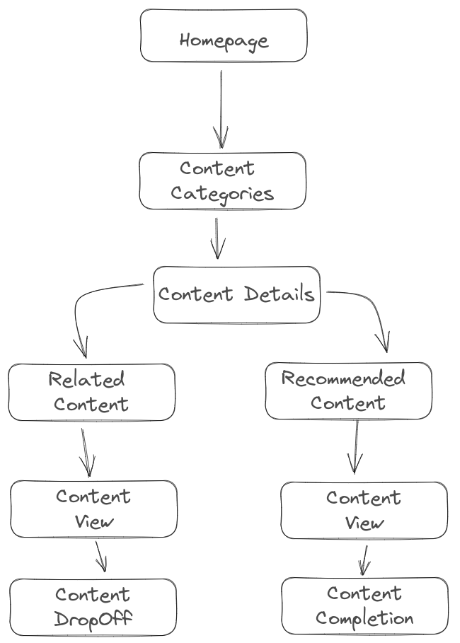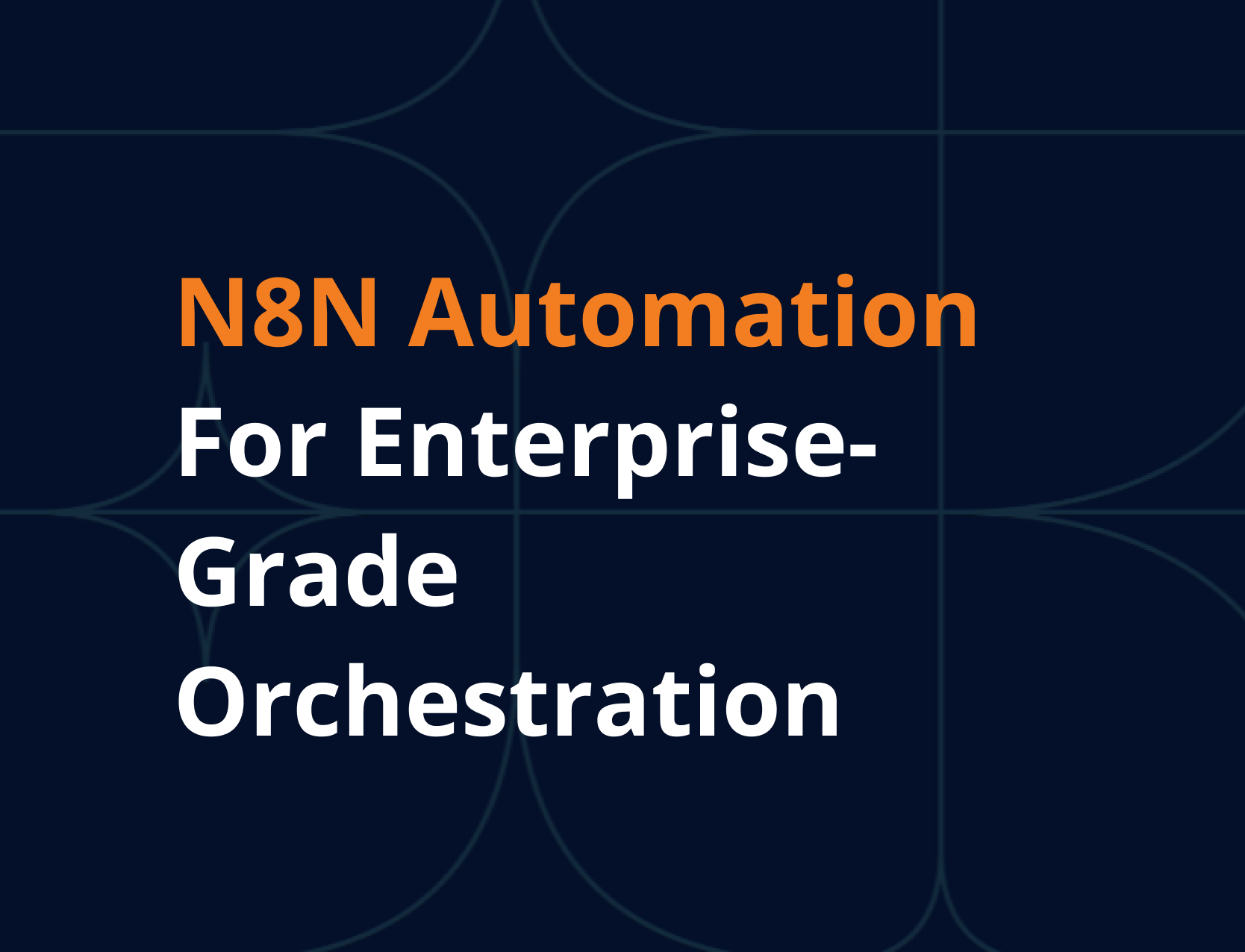In today’s digital streaming landscape, OTT platforms face the constant challenge of connecting users with content they’ll truly enjoy. Recommendation engine algorithms serve as the bridge between vast content libraries and viewer preferences, but how do we measure their effectiveness? This is where recommendation engine algorithms become essential tools for OTT analytics professionals seeking to optimize user engagement and satisfaction.
The Viewer’s Journey Challenge
Every day, millions of viewers log into their favorite OTT platforms searching for their next binge-worthy show or movie. Without effective recommendation systems, they’d waste precious time scrolling through endless options, potentially becoming frustrated and abandoning the platform altogether.
The recommendation engine algorithms provide a solution to this problem by helping platforms understand how well their recommendation engine algorithms are performing in real-world conditions. Unlike traditional machine learning metrics that focus on model accuracy, these metrics measure actual user engagement and satisfaction with recommended content.
Key Metrics for Recommendation Engine Algorithms – OTT Success
When analyzing recommendation performance, several critical metrics provide valuable insights:
Click-through rates (CTR) measure the percentage of viewers who click on recommended content. Higher CTR values indicate that recommendations are successfully capturing viewer interest and aligning with their preferences.
View-through rates (VTR) track the percentage of viewers who actually watch recommended content after clicking. This metric goes beyond initial interest to measure genuine engagement, providing deeper insights into recommendation quality.
Drop-off rates reveal the percentage of viewers who abandon recommended content before completion. High drop-off rates may signal misalignment between viewer expectations and content recommendations, highlighting areas for algorithm improvement.
Recommendation coverage evaluates what percentage of the available content library is being presented to viewers. Low coverage suggests the algorithm may be too narrow, limiting exposure to potentially valuable niche content.
Diversity of recommendations assesses the variety of content being suggested to viewers. Greater diversity typically indicates a more sophisticated algorithm capable of presenting a range of content matching viewer interests.
Personalization effectiveness measures how many recommended items are actually watched by individual viewers. This metric directly reflects how well the recommendation system understands specific viewer preferences.

Implementing Recommendation Engine Algorithms
For OTT platforms looking to implement recommendation engine algorithms, the process begins with proper data collection. Each user interaction with recommended content-clicks, views, abandonment-must be tracked and analyzed.
The implementation process typically involves:
-
Identifying key user touchpoints throughout the viewing journey
-
Setting up appropriate event tracking at each touchpoint
-
Creating a data collection framework that captures relevant parameters
-
Developing dashboards to visualize recommendation coverage metrics
-
Establishing baseline performance and improvement targets
By tracking these recommendation coverage metrics consistently, OTT platforms gain valuable insights into their recommendation engine algorithms performance. Product managers and developers can use this data to identify optimization opportunities and drive higher engagement.
Beyond Traditional Analytics
Traditional analytics often focus on broad engagement metrics like total watch time or session duration. While valuable, these metrics don’t provide specific insights into recommendation performance. Recommendation engine algorithms fill this gap by directly measuring how well the platform connects users with content they enjoy.
For example, a platform might have high overall engagement but poor recommendation diversity, indicating that viewers are finding content despite the recommendation system rather than because of it. By tracking recommendation coverage metrics, the platform can identify this issue and improve its algorithms accordingly.
The Business Impact of Recommendation Engine Algorithms
Implementing robust recommendation coverage metrics delivers significant business benefits for OTT platforms:
-
Reduced viewer churn through more relevant content suggestions
-
Increased content discovery across the entire library
-
Higher viewer satisfaction and platform loyalty
-
More efficient content acquisition based on recommendation performance data
-
Competitive advantage through superior personalization
These benefits translate directly to improved viewer retention and increased subscription revenue, making recommendation coverage metrics a critical component of OTT business strategy. Read this case study to know how we implemented the same for one of our customers.
Conclusion
In the competitive OTT landscape, effective recommendation engines are no longer optional-they’re essential for business success. Recommendation coverage metrics provide the insights needed to optimize these engines for maximum viewer engagement and satisfaction.
By implementing comprehensive recommendation coverage metrics, OTT platforms can ensure their recommendation algorithms truly understand viewer preferences and deliver content that keeps them coming back for more. This data-driven approach to content recommendation transforms the viewing experience while driving business growth through increased engagement and retention.
For platforms seeking to enhance their recommendation systems, focusing on these recommendation coverage metrics offers a clear path to improved performance and viewer satisfaction. Learn more about our solutions and being a Google Cloud partner we excel at Data &AI. Feel free to drop us a line at connect@dataslush.com and we’ll take it from there.



